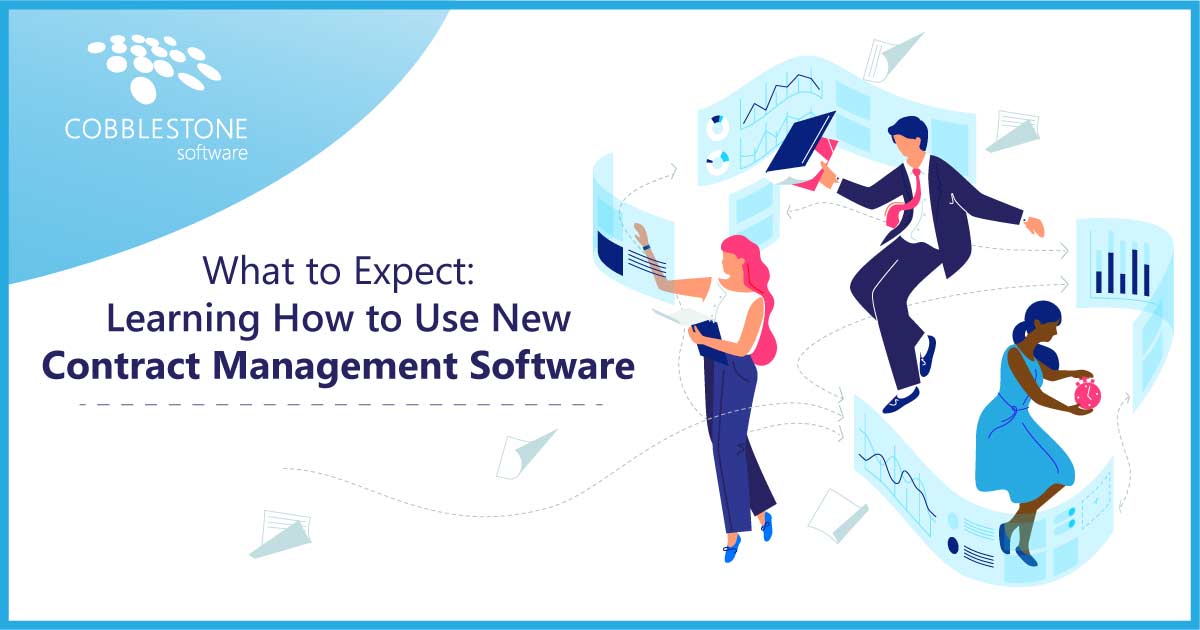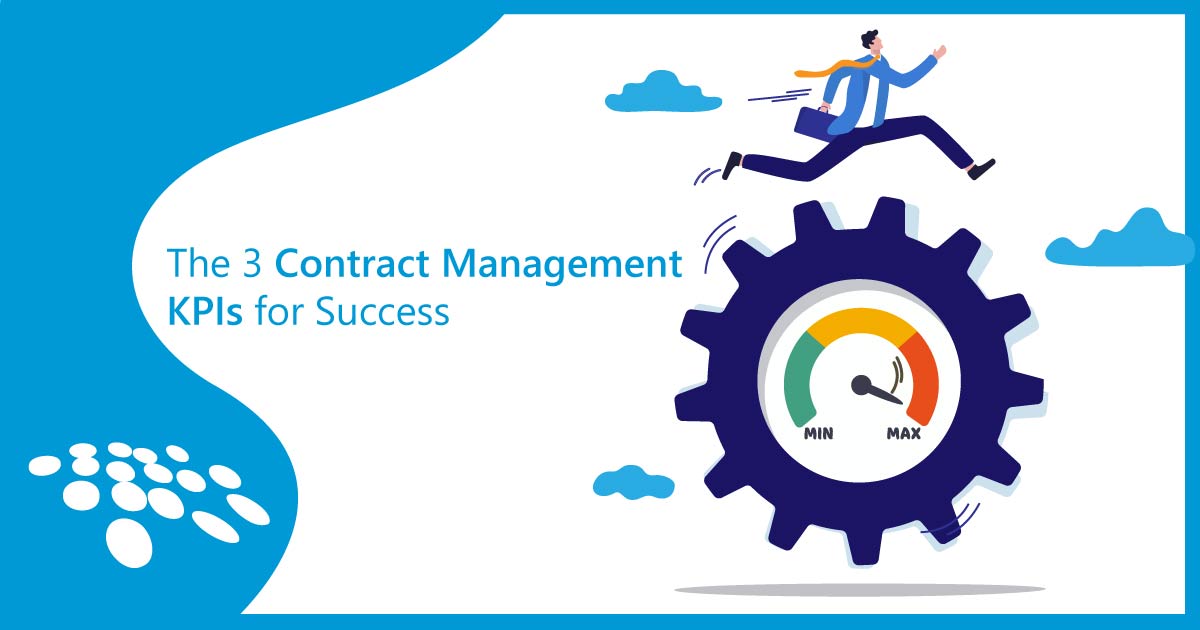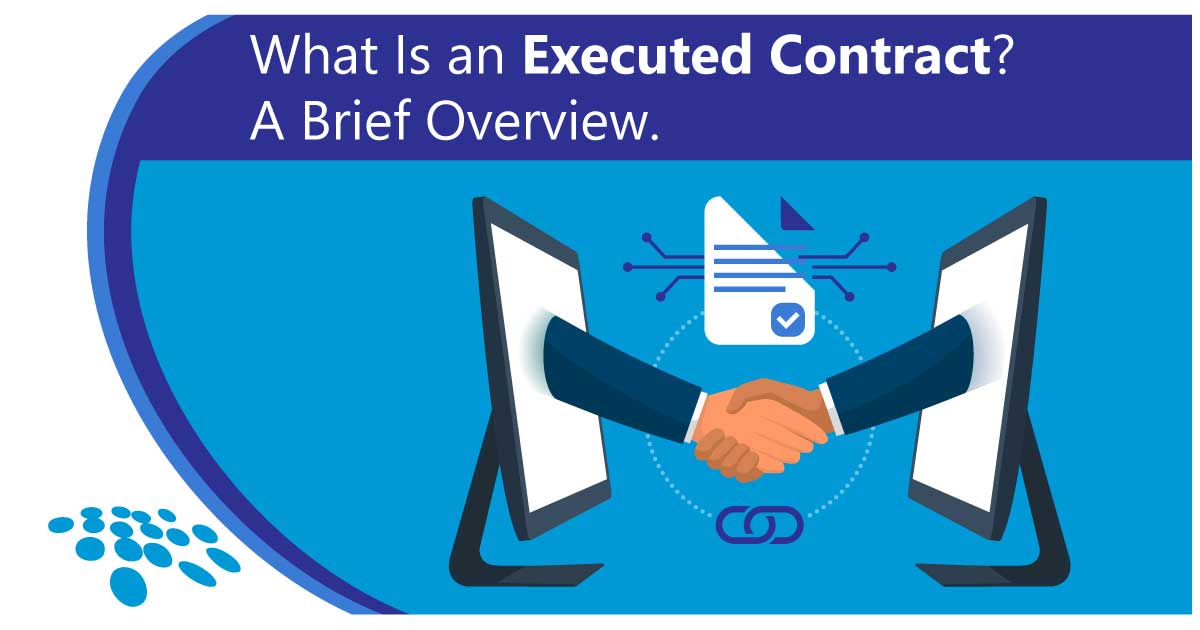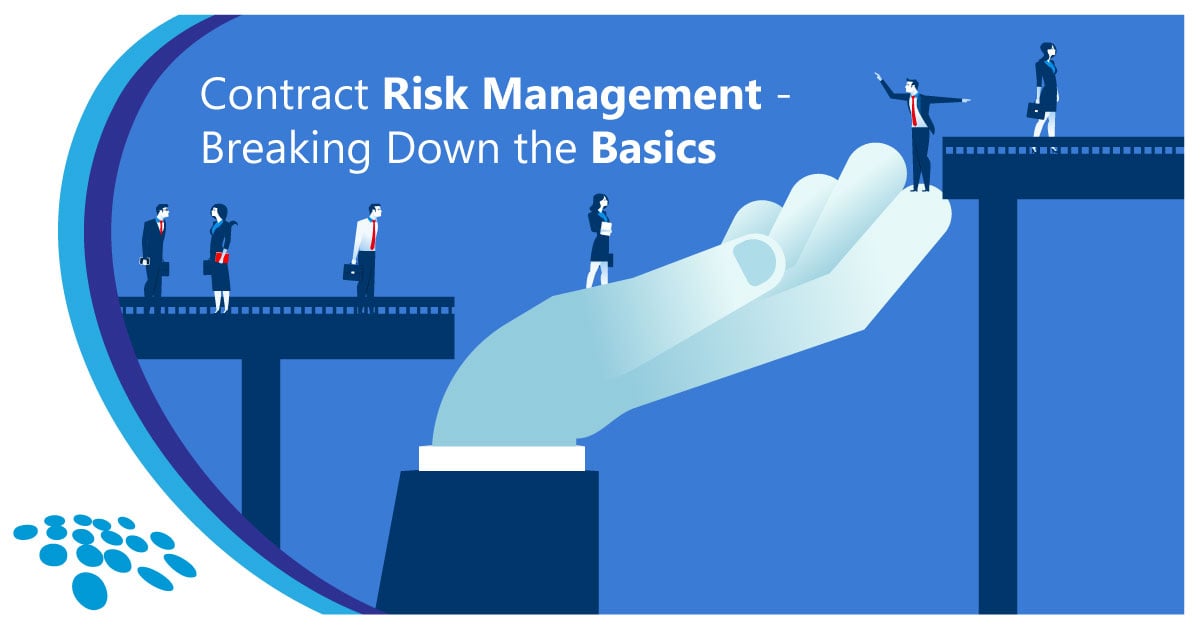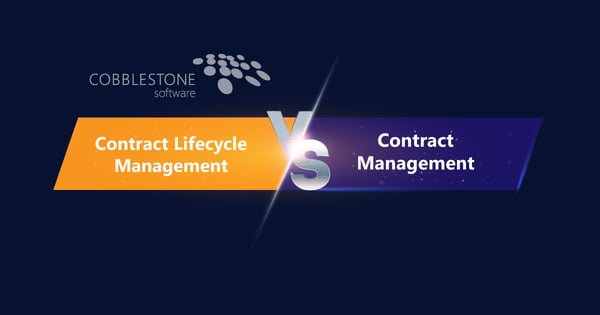
This blog post was updated on March 25, 2021.
The terms "contract management" and "contract lifecycle management" may at first seem interchangeable. However, there are clear differences between the two. Organizations looking for opportunities to streamline contract processes, increase revenue, improve compliance, and maintain security must develop an understanding of the differences between contract management and contract lifecycle management so that - when the time is right - they can adeptly leverage contracts to achieve organizational goals and reach new heights in contract administration.
EDITOR'S NOTE: Since the original publication of this blog, the definition of "contract management" has broadly been understood (both within CobbleStone Software and throughout relevant industries) to be less negative (as compared to "contract lifecycle management") than it is portrayed in this blog and, instead, would be considered neutral. Please consider this blog's negative connotation of "contract management" to be more in line with today's definition of contract mismanagement.
For the purpose of this blog, "contract management" can be defined as the manual approach to managing contracts with email, spreadsheets, and file storing. In contrast, "contract lifecycle management" can be defined as the strategic combination of people, process, and technology used to ensure organizations get the most out of their contracts.
The difference is far beyond ten letters.
The Outdated Process of Managing Contracts with MS Excel
Some organizations use an MS Excel spreadsheet contract management template to manage contracts with a database to capture key information, including:
- counterparty names and addresses.
- contract names.
- contract expiration dates.
- notification for days to cancel/renew.
- next contract review date.
- contract amount.
- internal legal contact.
- department.
- limitation of liabilities.
- notes.
- & more.
Formulas can be added to track how long it takes to reach milestones, and lists can be used to keep data consistent. Some level of security (though it is comparatively error-prone and may fail to meet regulations and compliance) can be added to MS Excel by password protecting workbooks, and the "Track Changes" feature can be leveraged so that updates can be reviewed and approved.
For organizations with extremely limited budgets, a simple approval process, and the internal resources to monitor and oversee contract data integrity and document version consistency, a manual approach may suffice (at least at first). However, there are many risks, inefficiencies, and pitfalls to such processes - especially as contract complexity and the number of contracts increase.
The Pitfalls of Contract Management Spreadsheets
To be effective, spreadsheets need to be diligently monitored, reviewed, and manually updated to ensure data accuracy and database functionality. Even when these areas are managed closely, the reality is that spreadsheets are susceptible to human error, they don’t support contract search functionality or document version control, multiple spreadsheets may need to be used and saved in various locations, and even when password-protected, spreadsheets may not meet sufficiently robust security regulations.
For the majority of organizations from various sectors, contracts are a tool that help define the performance of customers, vendors, and partners - leading to decreased costs, increased profits, and more ROI. Spreadsheets are not built to provide the insights necessary to get the most out of contracts. Managing contracts in Excel will not:
- provide alerts around pricing or under-performance.
- reveal opportunities for increased profits via cross-sell or upsell.
- support electronic signatures and document version tracking.
- provide automated email reminders and calendar alerts.
- eliminate data entry errors.
- streamline the approval process.
- support secure, widely available access and contract collaboration.
What is Contract Lifecycle Management?
Contract lifecycle management moves beyond this blog's definition of contract management by centralizing and unifying:
- contract requests.
- contract authoring.
- contract negotiations.
- contract approvals.
- electronic signatures.
- obligations.
- compliance.
- & contract renewals.
A process reliant on spreadsheets (however robust, revolutionary, and multi-use MS Excel may be overall) is not built to support full contract lifecycle management effectively or efficiently.
For organizations managing hundreds to thousands of contracts and complex agreements, a comprehensive approach to contract management is the path to more control, proper risk mitigation, and increased value attained with contracts.
Implementing leading contract management software is the fastest way to improve contract management. A reliable contract software solution will fully support and streamline the contract lifecycle with the latest contract software technology.
Experience Full Contract Oversight with CLM Software
Robust contract lifecycle management software supports faster contract execution by removing roadblocks that delay contract authoring, negotiations, approvals, and renewals. Future-minded CLM software enhances contract requests, review, and approval productivity by providing real-time contract visibility resulting in improved ROI, decreased risks, and lower costs.
Benefits of CLM Software include:
- elimination of time-consuming, error-prone, and repetitive tasks.
- secure document storage and collaboration with version tracking and redlining.
- reduced risk and increased compliance.
- increased transparency.
- a reliable collaboration, negotiation, approval, signing, and renewal process.
- faster closes and more predictability.
Enjoy Full Contract Lifecycle Management With CobbleStone Software
Now that you know the differences between a manual contract management software process and a proactive and centralized contract lifecycle management software process, it's time to get started with a contract lifecycle management software solution that is at your disposal so you can easily conquer the full contract lifecycle. That solution is CobbleStone Software's Contract Insight® - a Leader in contract lifecycle management software solutions, according to Forrester Research.
CobbleStone’s visionary, award-winning, widely-celebrated, and fully integrated contract lifecycle management software suite streamlines the contract lifecycle with low friction, heightened governance, and increased flexibility from contract requests to contract renewals. CobbleStone has been an acclaimed provider in CLM software solutions since the mid-1990s. CobbleStone’s robust, user-friendly, and scalable platform seamlessly integrates with various mission-critical applications for centralized and seamless contract lifecycle management.
Discover why thousands of contract managers trust CobbleStone Software with their contract lifecycle management needs. To learn more about CobbleStone’s unparalleled contract lifecycle management software suite, book a free demo with a Contract Insight expert today!
To stay up to date on best practices, industry news, and CobbleStone Software updates, be sure to subscribe to our blog and YouTube Channel.
Are you interested in future-minded contract lifecycle management software tools? In our blog - 6 Critical Contract Management Tools for 2021 – learn how to leverage industry-leading CLM software tools for streamlined, user-friendly, and low-friction contract lifecycle management success!






